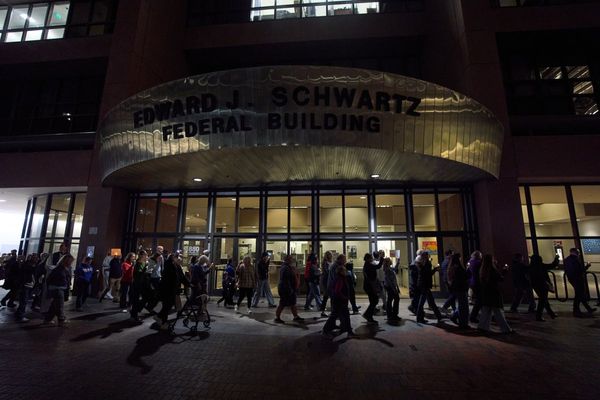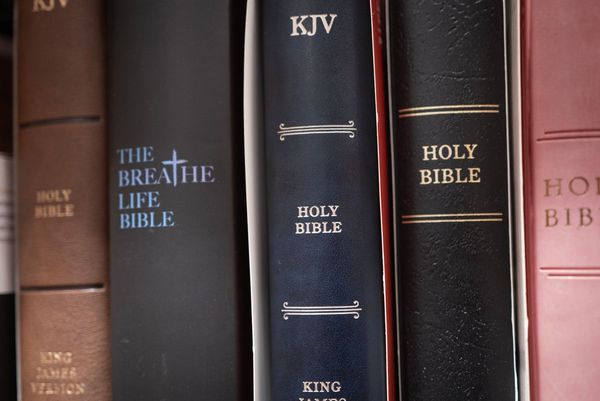
We have been told of what to expect in terms of emissions reduction and meeting our 2050 emissions reduction targets, but what about the financial return?
Opinion: The Government’s decision to contribute $140 million towards NZ Steel’s $300m investment in an electric furnace that is reported to remove 800,000 tonnes of carbon dioxide a year, the equivalent of taking 300,000 cars off the road and about 45 percent of NZ Steel’s emissions, has received mixed responses.
The Labour and Green parties championed the investment as dwarfing anything New Zealand has done toward meeting its climate target of net zero by 2050, and Opposition parties said the Government “got it all wrong” and it was a form of “corporate welfare”.
READ MORE:
* Govt offers NZ Steel $30m more in bonuses for bigger, faster emissions cuts
* Steel mill expects 20-plus year consent, thanks to loophole in climate law
* Bluescope Steel offers hope of continued production at the Glenbrook mill
Subsidies don’t sit well with economists such as myself, but I suspect the truth lies somewhere in between. The decision also raises a lot of questions. In some ways it presents an unexpected and disingenuous twist on the so-called circular economy.
I’m long enough in the tooth to remember when the government, which set up NZ Steel Investigating Company in 1959, and increased its shareholding to 90 percent in the mid-80s but in the late 1980s sold it off to Equiticorp, which later went bankrupt. BHP, an Australian multinational mining, metals and steel-making company, currently has controlling interest of the company.
So, does the Government’s investment (or shall we say re-investment?) in NZ Steel signal a return to the days of government-funded commercial enterprise? Will the Government become an equity holder in NZ Steel, and if so should it expect a return on its investment? I don’t know the answers, but the questions should be asked.
The investment in NZ Steel also draws attention to some problematic nuances with our Emissions Trading Scheme (ETS).
The ETS is a rights-based system, a way of protecting, trading and transferring rights to environmental resources that nobody actually owns, but which, as we now recognise, are limited resources. Trades based systems such as the ETS have been successfully used in water resource and fisheries management, policies aimed at limiting use of ozone-depleting substances and sulphur dioxide and is now being applied to cap emissions of greenhouse gases.
Under the ETS, the Government sets a cap on emissions on how many can be released, presumably in line with its international commitments. It creates permits – or units – to cover the release of emissions within that cap, and trade will determine price of those rights. In principle, the price of permits creates an incentive for emitters to invest in abatement technologies – such as an electric furnace. Simple eh? Not so – particularly for businesses competing in the global market.
The ETS is one of our key tools for meeting our 2050 emissions reduction targets, using market forces to encourage business and consumers to adopt more climate-friendly practices, by making it more expensive not to, rather than forcing them through regulation. Businesses who participate in the NZ ETS must surrender one New Zealand Unit, or carbon credit, for each tonne of carbon dioxide equivalent emissions they produce. They can avoid this cost by investing in emissions abatement. Participants in the ETS can buy and sell units from each other.
Businesses who are particularly exposed to the cost of the ETS, particularly export industries, have been able to apply for a free allocation of permits, the caveat being that these businesses can’t pass on the cost of acquiring permits to consumers. It is probably of no surprise that China, a leading producer of steel, supports steel manufacturing to the extent of several US billions annually. And China is probably not alone in this regard. So we need to consider the realities of competing against competitors supported by subsidies.
In 2021 NZ Steel received an allocation of 2,145,482 free permits, up from 2,020,166 in 2020. To calculate the value of those allocations you multiply the allocation of permits by the price of carbon credits – the value of free allocations is substantial. NZ Steel has received two million odd units a year from the Government, to protect them in the international market, where they couldn’t pass on the cost of buying the units to consumers overseas.
NZ Steel has had little financial incentive to invest in abatement technology such as an electric furnace, because it had access to free carbon credits. The Government has signalled that the scheme that awarded carbon credits free to some businesses would end in 2025, which would have made NZ Steel an expensive operation. Until recently, prices of NZUs increased to about $70 per tonne.
A steel mill furnace is a specific piece of technology – it is asset specific, meaning that NZ Steel would be hard pressed to find a buyer of the asset. It would expect to work the asset through to the end of its economic life. So the Government stepped in to lower the cost of abatement and probably bring replacement of the asset forward in time, and of course reduce emissions.
This is not an unreasonable decision for the Government to make, but it is an investment that it should be transparent about, approaching the challenge of transition to a low carbon economy with clarity and discipline. Is it an investment? We have been told of what to expect in terms of emissions reduction, but what about the financial return? What criteria are being used to select businesses for receiving recycled ETS revenue funds?
Also, we could ask questions about the life of the furnace, and whether it has other potential benefits, to offer New Zealand a return on its investment in NZ Steel. New Zealand has some four million petrol and diesel cars on the road, and as we transition to alternative forms of transport, those cars are going to end up on the scrap heap.
Internationally cars are considered obsolete in well-off countries, as they move toward decarbonisation, and are being shipped off to low-income countries, particularly Africa. I don’t know if NZ Steel’s new arc furnace could be used to turn those discarded fossil-fuelled cars into exportable steel, but it would be good if it could, right?







